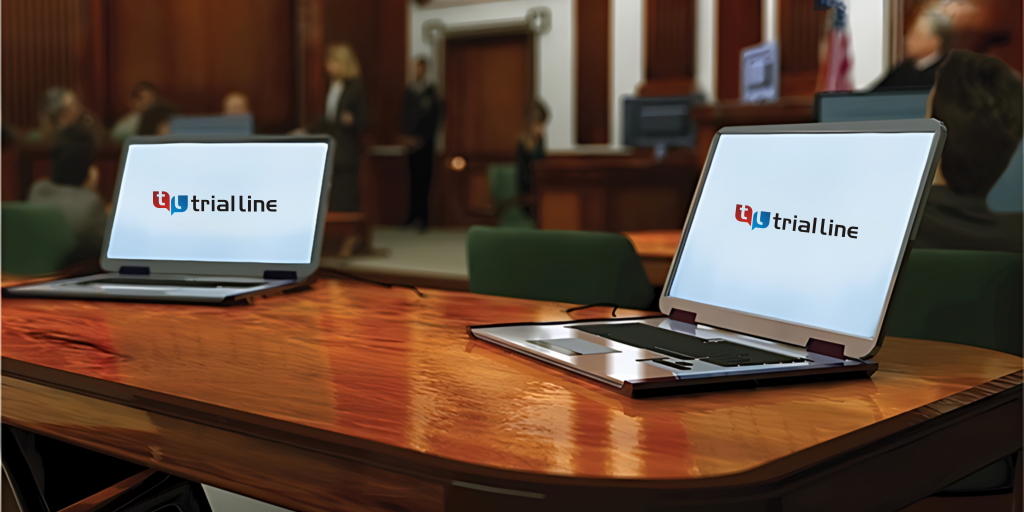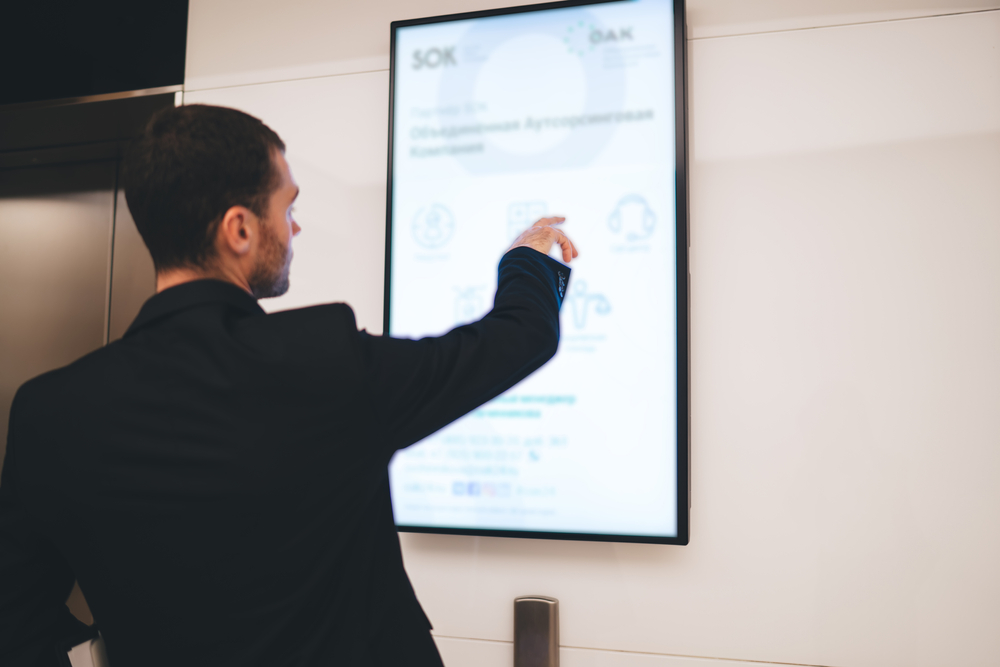The Power of Visuals in Trial Presentations for a Winning Debate
The integration of visuals in test presentations has arised as an essential consider effectively connecting complicated disagreements to jurors. By using numerous kinds of aesthetic aids-- be it diagrams, pictures, or animations-- attorneys can enhance understanding and retention, eventually forming the jury's perception of the case. This technique not only clears up intricate stories but also establishes a psychological resonance that can influence decision-making. As we check out the nuances of this strategy, it comes to be important to think about just how specific sorts of visuals can make a considerable distinction in test results. What functional approaches might lawyers employ to optimize this capacity?
Importance of Visuals in Tests
In several lawful setups, visuals play a vital function in improving the efficiency of trial presentations. The assimilation of aesthetic components can dramatically affect jurors' understanding and retention of complex information, thereby forming their understandings and choices. Visuals, such as charts, diagrams, and pictures, can streamline intricate narratives, making them more accessible and engaging.
Additionally, the human brain procedures aesthetic information more successfully than text, which underscores the relevance of integrating visuals into lawful disagreements. By translating thick legal principles into aesthetic styles, attorneys can assist in clearer interaction, guaranteeing that bottom lines are not neglected throughout trials.
In addition, visuals serve to involve jurors on an emotional degree, promoting a link to the situation that words alone might stop working to attain. The tactical usage of visuals can evoke compassion, prompting jurors to take into consideration the human aspects of the situation.
Ultimately, the value of visuals in trials depends on their capacity to enhance quality, improve juror interaction, and enhance the narrative being offered. This potent combination is crucial for crafting convincing debates that resonate with jurors and influence the result of lawful proceedings.
Kinds Of Visuals to Make Use Of
Effective trial discussions can greatly gain from a range of aesthetic tools that satisfy various facets of the case. trial presentations. Utilizing representations and graphes can effectively break down complicated info, making it extra digestible for jurors. Flowcharts can show the series of occasions, while bar charts might succinctly contrast pertinent information factors.

Animations and simulations can likewise play a crucial function, specifically in cases including technological information or elaborate situations. These visuals can dynamically stand for processes or actions, supplying quality and engagement that static photos might not achieve.
Moreover, infographics incorporate message and visuals to sum up crucial information effectively. They can present timelines, statistics, and significant case points in a visually appealing manner, making it easier for jurors to follow the argument.
Enhancing Comprehension and Retention

Enhancing understanding and retention during trial discussions is critical for making certain that jurors Get More Information realize the necessary aspects of a situation. Visual help function as powerful devices in this respect, equating complex details right into easily absorbable layouts. By using charts, layouts, and infographics, attorneys can simplify detailed data and highlight bottom lines that may or else be neglected.
Studies have actually shown that people keep information dramatically better when it exists visually. This is specifically essential in a trial setup, where jurors may be bewildered by the volume of proof and testimony. By purposefully incorporating visuals, lawyers can direct jurors' focus to the most essential elements of the instance, enhancing their understanding and memory of the material provided.

Producing Engaging Discussions
Captivating jurors' focus during test presentations is necessary for communicating an engaging narrative. Involving presentations take advantage of visual aspects to create an unforgettable experience that reverberates with jurors. The calculated use graphics, animations, and video clips can elucidate complicated details, making it much more accessible and relatable.

Furthermore, including storytelling techniques can improve engagement. Providing evidence in a rational series that develops sob story permits jurors to link with the product on a personal degree. Varying presentation layouts, such as integrating brief video clips or interactive aspects, can also endure passion and attention throughout the test.
Ultimately, an appealing discussion fosters a much more extensive understanding of the case, allowing jurors to much better appreciate the disagreements existing and you can look here leading to a much more desirable outcome.
Situation Researches and Success Stories
Numerous study highlight the significant impact of visuals in trial discussions, showing their ability to influence juror understandings and eventually the end results of cases. A notable case including a personal injury insurance claim showed exactly how the usage of a 3D computer animation of the crash scene made clear intricate information. Jurors reported really feeling even more enlightened and understanding, dramatically guiding their choice in support of the complainant.
In an additional circumstances, a business lawsuits case made use of infographics to existing economic information and timelines, making complex info easily accessible. The graph enabled jurors news to understand the nuances of the instance extra properly than spoken explanations alone. trial presentations. As a result, the jury returned a judgment that went beyond the client's expectations
Moreover, a criminal protection situation utilized photographs and video clip proof to establish an alibi. The compelling visuals not just assisted in creating uncertainty yet likewise resonated psychologically with jurors, causing an acquittal. These success stories emphasize the requirement of integrating visuals right into trial discussions, as they improve understanding, retention, and eventually, the influential power of legal arguments. The calculated use visuals is undeniably transforming the landscape of trial campaigning for.
Conclusion
In verdict, the tactical unification of visuals in trial discussions dramatically boosts jurors' comprehension and retention of intricate information. By using various sorts of visuals, lawyers can efficiently make clear key points and foster psychological connections with the audience. Involving discussions, supported by compelling study, demonstrate the extensive impact that visuals can have on convincing interaction. Ultimately, the power of visuals serves as an essential element in accomplishing desirable trial outcomes.